Nationality Aboriginal Other names Baneelon | Name Woollarawarre Bennelong | |
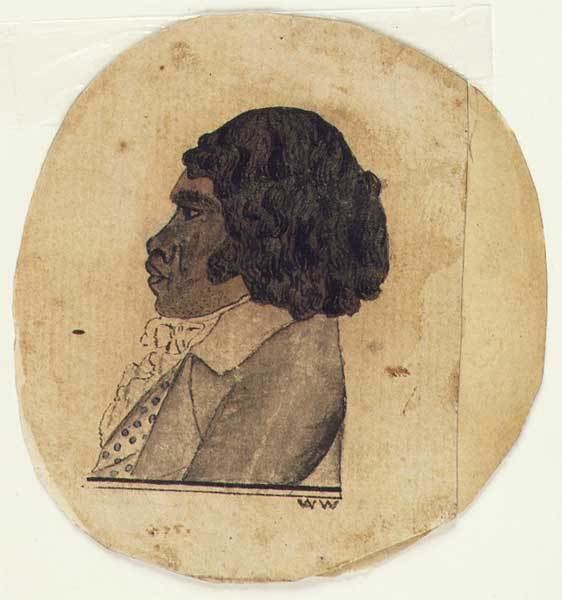 | ||
Died January 1813Kissing Point, New South Wales | ||
Bennelong the wangal
Woollarawarre Bennelong (c. 1764 – 3 January 1813) (also: "Baneelon") was a senior man of the Eora, an Aboriginal (Koori) people of the Port Jackson area, at the time of the first British settlement in Australia, in 1788. Bennelong served as an interlocutor between the Eora and the British, both in Sydney and in the United Kingdom.
Contents
- Bennelong the wangal
- Message Sticks Woollarawarre Bennelong Exhibition
- Personal Details
- Capture and life in the British settlement
- Visit to England
- Return to New South Wales
- Death
- Legacy
- References
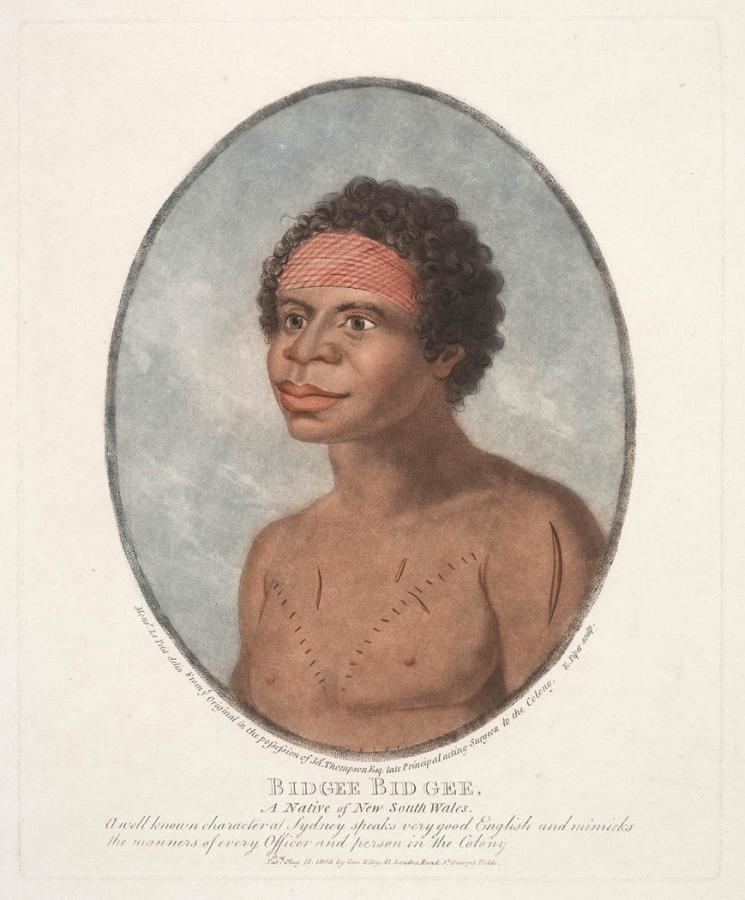
Message Sticks - Woollarawarre Bennelong Exhibition
Personal Details
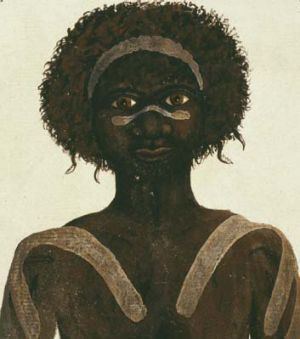
Bennelong was a member of the Wangal Clan, connected with the south side of Parramatta River, having close ties with the Wallumedegal clan, on the west side of the river, and the Burra mattagal clan near today's Parramatta. He had several sisters, including Warreeweer and Carangarang, who married important men from nearby clans, thereby creating political links for their brother. Bennelong had a daughter named Dilboong who died in infancy, and a son who was adopted by the Rev. William Walker, who christened him Thomas Walker. Thomas died in 1823 after a short illness aged about 20.
Capture and life in the British settlement
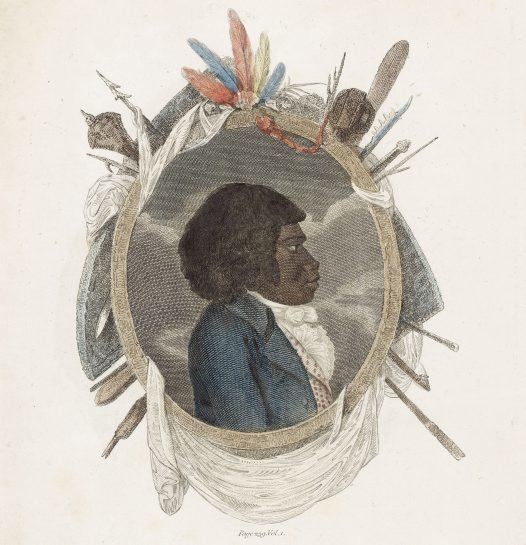
Bennelong was brought to the settlement at Sydney Cove in November 1789 by order of the governor, Arthur Phillip, who was under instructions from King George III to establish relationships with the indigenous populations. At that time the Eora conscientiously avoided contact with the newcomers, and in desperation Phillip resorted to kidnap. A man named Arabanoo was captured, but he, like many other Aboriginal people near the settlement, died in a smallpox epidemic a few months later in May 1789. Bennelong (married at the time to Barangaroo) was captured with Colbee (married to Daringa) in December 1789 as part of Phillip's plan to learn the language and customs of the local people. His age, at the time of his capture, was estimated at 25, and he was described as being 'of good stature, stoutly made', with a 'bold, intrepid countenance'. His appetite was such that 'the ration of a week was insufficient to have kept him for a day', and 'love and war seemed his favourite pursuits'. Colbee soon escaped, but Bennelong stayed in the settlement for about six months. He then escaped also, but renewed contact with Phillip as a free man.
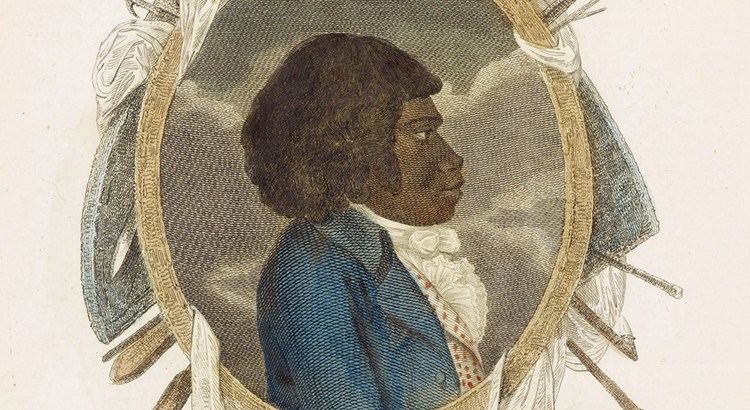
About three months after his escape, he organised for Phillip to visit Manly where Phillip was speared in the shoulder. He maintained ongoing good relations with the colony and in a gesture of kinship, gave Phillip the Aboriginal name Wolawaree. He learned to speak English.
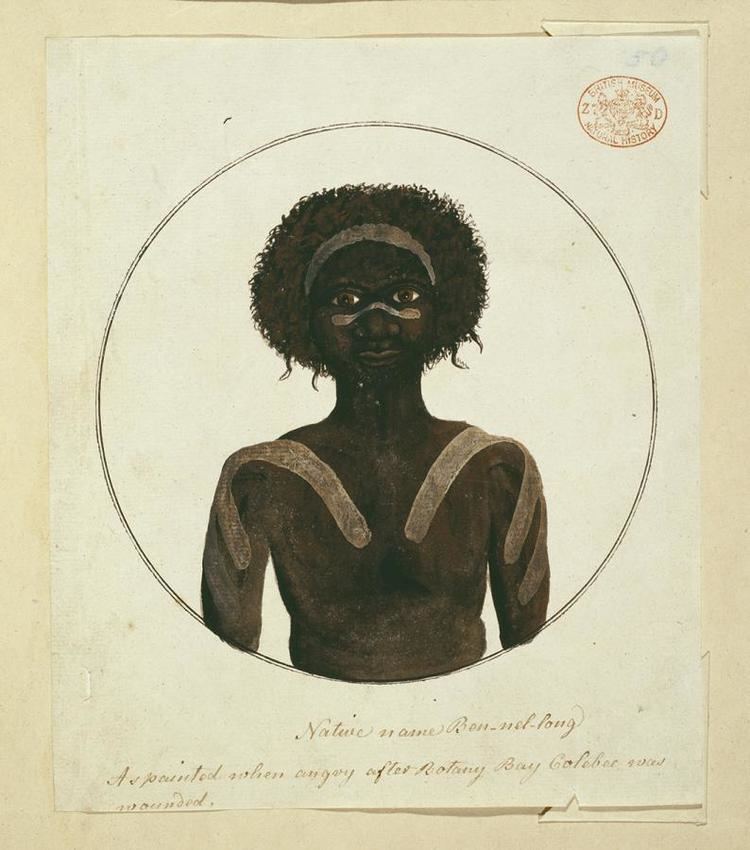
In 1790, the governor built him a hut on what became known as Bennelong Point (now occupied by the Sydney Opera House).
Visit to England
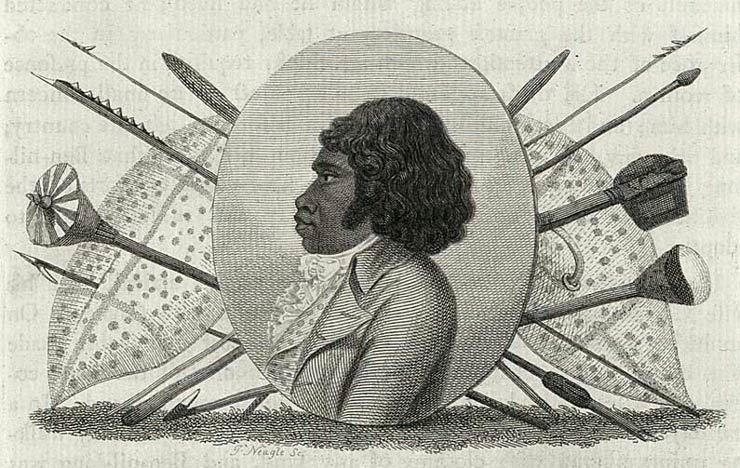
Bennelong and another Aboriginal man named Yemmerrawanne (or Imeerawanyee) travelled with Phillip on Atlantic to England in 1792. Many historians have claimed that they were presented to King George III, but there is no direct evidence that this occurred. Soon after their arrival in England they were hurriedly made clothes that would have been suitable for their presentation to the King.
Jack Brook reconstructs some of their activities from the expense claims lodged with the government. They visited St Paul's Cathedral and the Tower of London. A boat was hired, and they went bathing. They went to the theatre. While in London they resided with Henry Waterhouse, and when Yemmerrawanne became sick, they moved to Eltham and resided at the house of Edward Kent where they were tended by Mr and Mrs Phillips, and met Lord Sydney.
Yemmerrawanne died while in Britain after a serious chest infection, and Bennelong's health deteriorated. He returned to Sydney in February 1795 on HMS Reliance, the ship that took surgeon George Bass to the colony for the first time. He taught Bass some of his language on the voyage.
Return to New South Wales
Bennelong arrived back in Sydney on 7 September 1795. He returned to a respected position in the colony, advising Governor Hunter as he had advised and educated Phillip, and also returned to a prominent position in Eora political and cultural life. He frequently participated in payback battles, and officiated at ceremonies, including the last recorded initiation ceremony in Port Jackson in 1797. By the early 18th century, he was the leader of a 100-strong clan living on the north side of the river to the west of Kissing Point in Wallumedagal country.
A letter he had drafted in 1796 to Mr and Mrs Phillips is the first known text written in English by an indigenous Australian, thanking Mrs Phillips for caring for him in England, and asking for stockings and a handkerchief.
Death
He died at Kissing Point (now known as Putney), in Sydney's North West on January 1813, and was buried in the orchard of the brewer James Squire, a great friend to Bennelong and his clan. On 20 March 2011 Dr Peter Mitchell of Macquarie University announced that he had located the actual grave site in the garden of a private house in present-day Putney. He stated that local Aboriginal authorities would be consulted about possible further exploration of the site.
His obituary in the Sydney Gazette was unflattering, insisting that "...he was a thorough savage, not to be warped from the form and character that nature gave him...", which reflected the feelings of some in Sydney's white society that Bennelong had abandoned his role as ambassador in his last years, and also reflects the deteriorating relations between the two groups as more and more land was cleared and fenced for farming, and the hardening attitudes of many colonists towards 'savages' who were not willing to give up their country and become labourers and servants useful to the colonists.
Bennelong's people mourned his death with a traditional payback battle for which about two hundred people gathered. It was witnessed by a passenger on the schooner Henrietta who reported it in a letter to the Caledonian Mercury. They wrote that spears flew very thick, and about thirty men were wounded.
As a mark of respect, Colebee's nephew Nanberry, who died in 1821, was buried with Bennelong at his request. Bidgee Bidgee, who led the Kissing Point clan for twenty years after Bennelong's death, also asked to be buried with Bennelong, but there is no record of his death or where he is buried.
